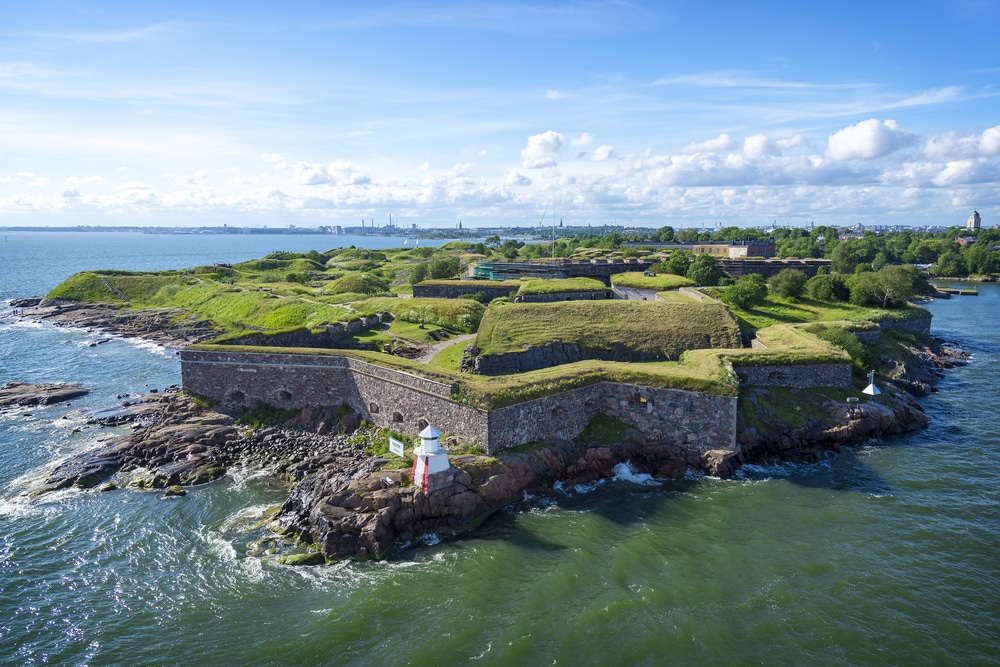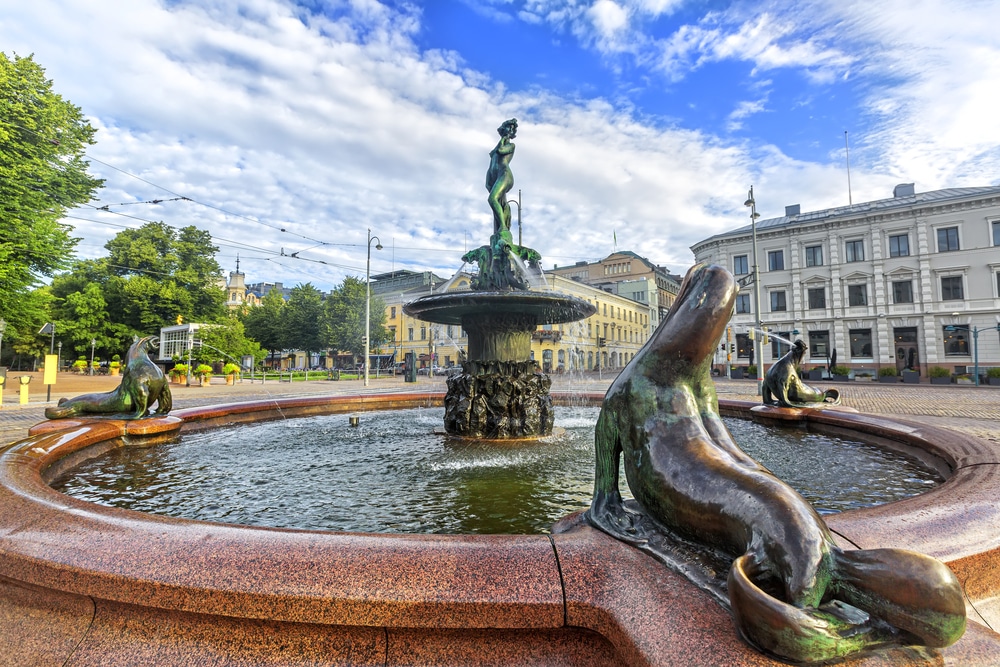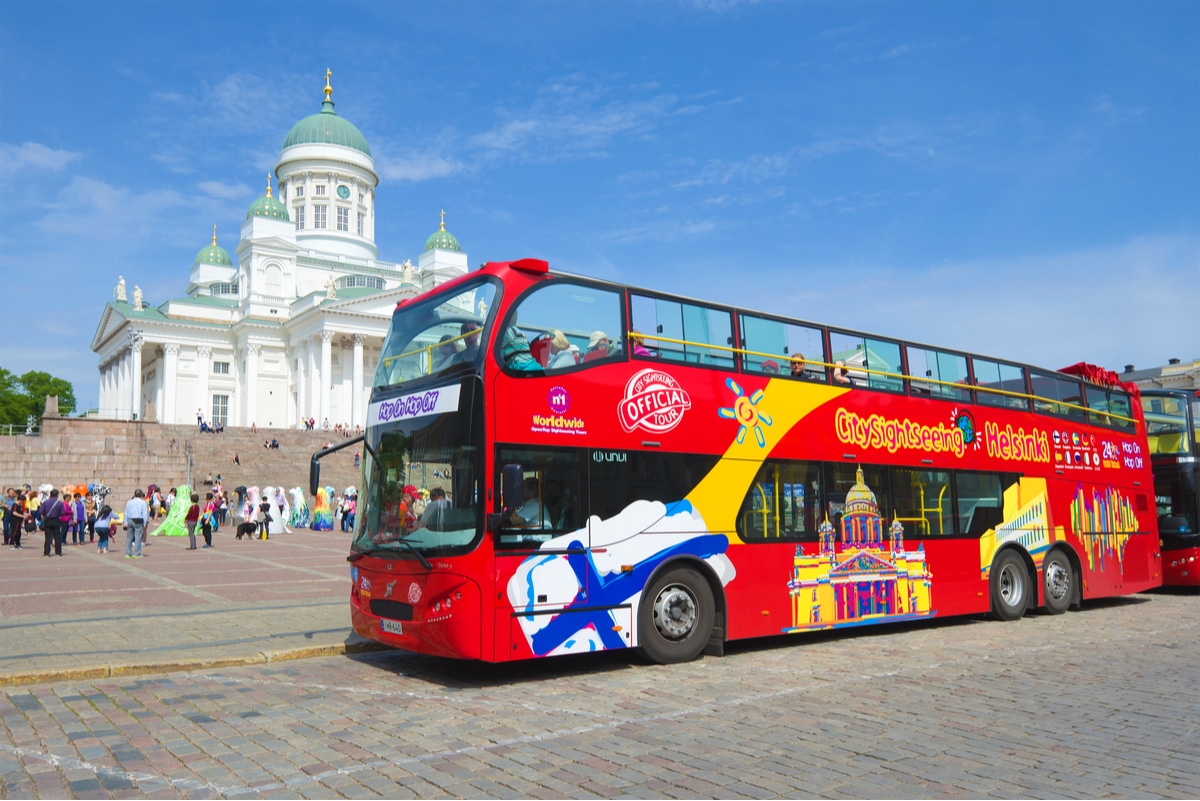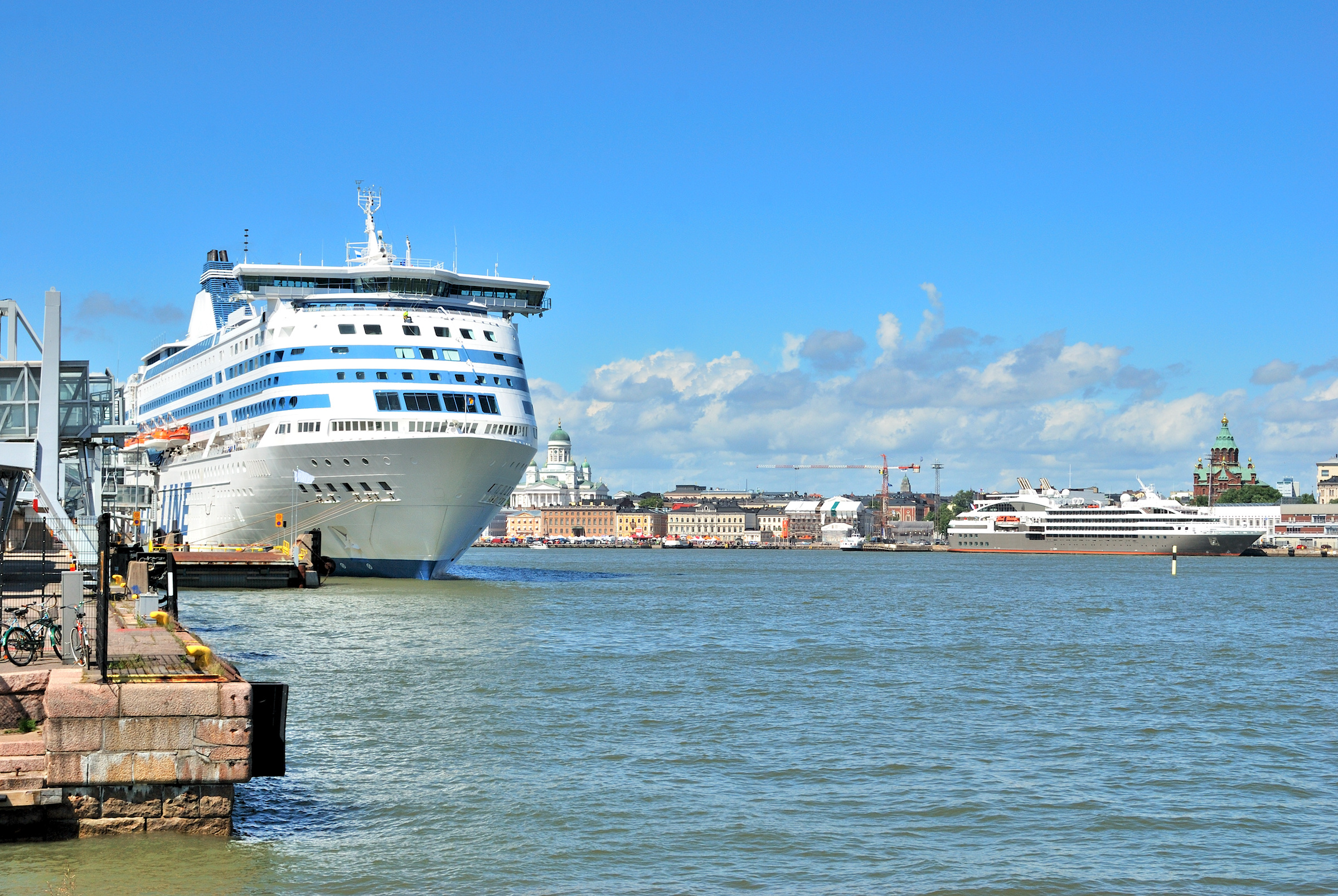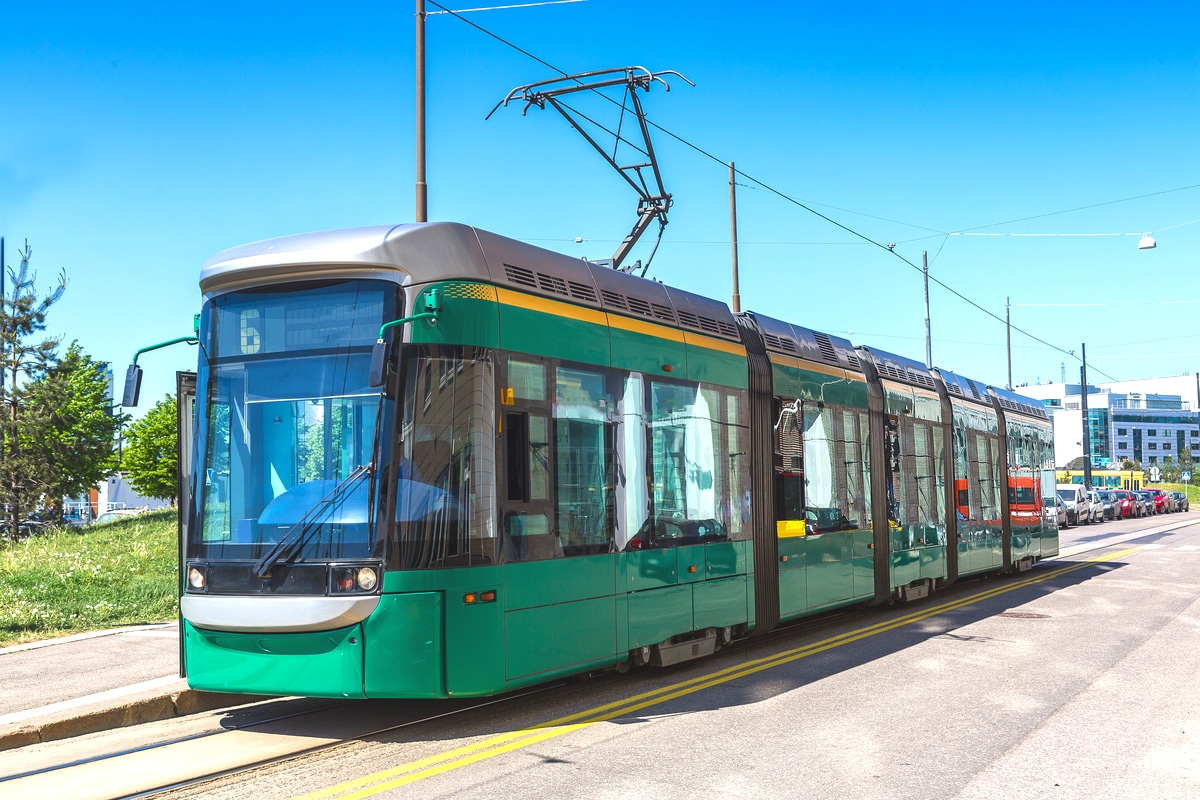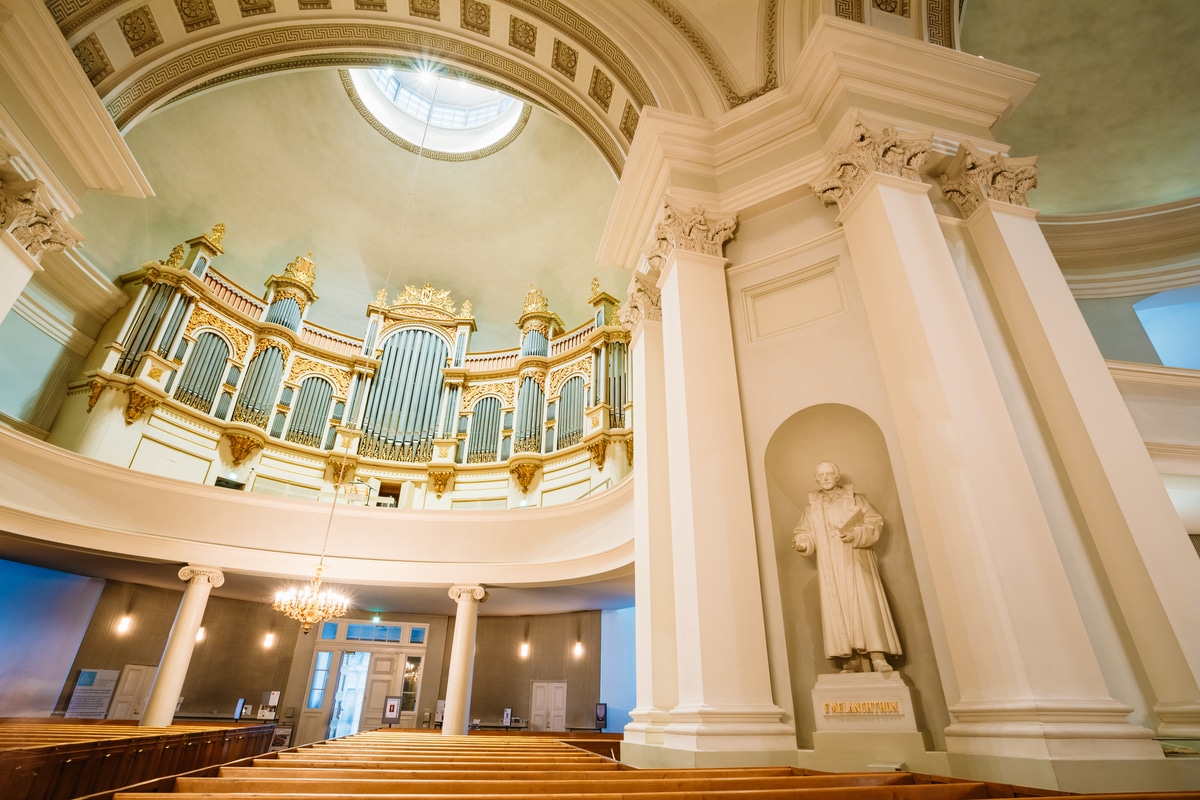Every half hour, the boat departs from Kauppatori marketplace to the fortress island of Suomenlinna. The mighty fortress was built in the 18th century as a defensive bulwark. It has taken over six archipelagos off the Finnish coast. Today, the fortress island is a valued recreational and museum area for Helsinkians and their guests.
Between cannons - at the gates of the city
The ferry has docked at Iso Mustasaari, one of a total of six fortress islands. Among the arrivals are locals, packed with backpacks, blankets, bread and wine. They immediately set course for the rocky shores and look for a spot to picnic or sunbathe in the numerous green spaces. They know their way around, they know the hidden corners. The tourists are different - they first orientate themselves on the map and marvel at the vastness of the fortress islands.
They enjoy sunbathing between old sandbanks, others purposefully tick off the sights - prams rumble over rough stones, visitors carry ice-cream cones through the area. Wandering around seems to be the easiest way to get acquainted with Suomenlinna Fortress.
Leafing through the history book
Starting in 1748, the Swedish king had one of the most massive island fortresses of the time built. A Swedish-language inscription on the gate refers to the fortress' former strategic value: "Sveaborg... gives the wise man power on sea and land". The words were written by Augustin Ehrensvärd, an artillery officer to whom the Swedish king entrusted the construction of the fortress in 1747. Within 40 years, an extensive fortress system was built, whose embrasures could hold up to 1300 cannons.
But even the best fortress construction could not avert the capitulation, which was disgraceful for Sweden. In the year 1809 Tsar Alexander I. rejoiced - Finland was now a Russian Grand Duchy. The Crimean War in 1855 caused severe destruction. After the October Revolution, the Finns took command in May 1918. Viapori was renamed Suomenlinna - Finland's Castle.
The start of Helsinki's most fascinating recreational area
In 1972 Suomenlinna finally passed into civilian administration. Any war seems far away - things are peaceful. Green spaces and polished rocky shores offer plenty of opportunities for outdoor picnics. The architectural style and colour of an elongated barracks bear witness to the sceptre of the Russian Tsar. Massive granite walls provide shelter. Granite witnesses to Swedish rule set the tone. Bulwarks and well-preserved casemates alternate with rounded defensive ramparts - clumsy 11-inch guns project towards the sea.
Children romp around in front of the brightly rubbed steel and appreciate its use as a climbing frame. The dry dock of the shipyard is also impressive: blasted into a dammed-up bay, it must have seemed like a miracle to contemporary witnesses. Today, old wooden ships bob there, lovingly cared for by the residents.
The island is a place of entertainment: There is the Ehrensvärdsmuseum, the Suomenlinna Museum, the War Museum, the Customs Museum, the Coastal Artillery Museum, a toy museum and the Vessiko submarine.
Tips and things to know
- The best way to get to Suomenlinna is by ferry, which shuttles between Market Square and Fortress Island all year round. From the boat, you can see contrasting images: dreamy summer houses and villas, bastions, shipyards and harbour landscapes, and the panorama of Helsinki city centre.
- The restaurant "Valhalla" is worth a visit. Built between 1949 and 1951, the main halls are located in one of the casemates and offer a great atmosphere. The food is delicious.
- Finns appreciate the historically significant island at the gates of Helsinki. Only a few are privileged to live here. The island is home to 850 inhabitants.
- In 1991, Suomenlinna/Sveaborg was declared a UNESCO World Heritage Site.
